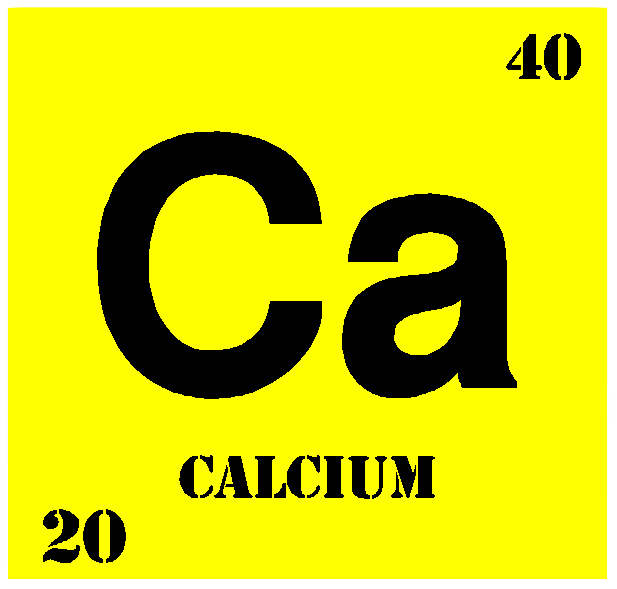- You like sweaters too? Most sweaters these days, especially for girls and women, are made at least partially from acrylic. Acrylic is made from polycrylonitriles, which is "reasonably anticipated to be a carcinogen."
- Flame retardant clothing, i.e. children's pajamas, are treated with formaldehyde and therefore emit formaldehyde gas, which is a carcinogen.
- Wrinkle-free clothing achieves that "wrinkle free" result by being treated with perfluorinated chemicals (PFCs). Teflon, used to make some clothing stain resistant, is one such chemical, and PFCs are carcinogens.
- All manmade, synthetic fabrics use varying amounts of chemicals in the fabrication process, often times to make them more soft. These chemicals can outgas even long after you buy them.
- Even natural cotton, though, is not completely innocent. Cotton growers use a lot of pesticides on the plants, which remain in the fibers when the clothing is made. Wash your cotton clothing several times before wear! Organic cotton may be an option.
- Dryer sheets load up the surface of your clothing with additional chemicals. Read your dryer sheet ingredients.
- Dry cleaners use perchlorethylene, a VOC that has caused cancer in animals. A few dry cleaners out there are now using "wet cleaning" with a different, nontoxic substance.
So, what can we do? First, try to buy clothing that is made from natural materials - cotton, wool, linen, silk. Avoid synthetic materials whenever possible - polyester, acrylic, rayon. (I have become a compulsive tag-reader when clothes shopping!) My personal view is that if you purchase flame-retardant, wrinkle-free or stain-resistant clothing, the risks far outweigh the benefits. When you buy clothing, wash the item a couple of times in a nontoxic detergent before first wear to avoid further exposure to chemicals through the skin or respiratory system. Now, pull out your family's winter wardrobe and check the labels, and reevaluate the healthiness of each item. Then get ready to bundle up!
